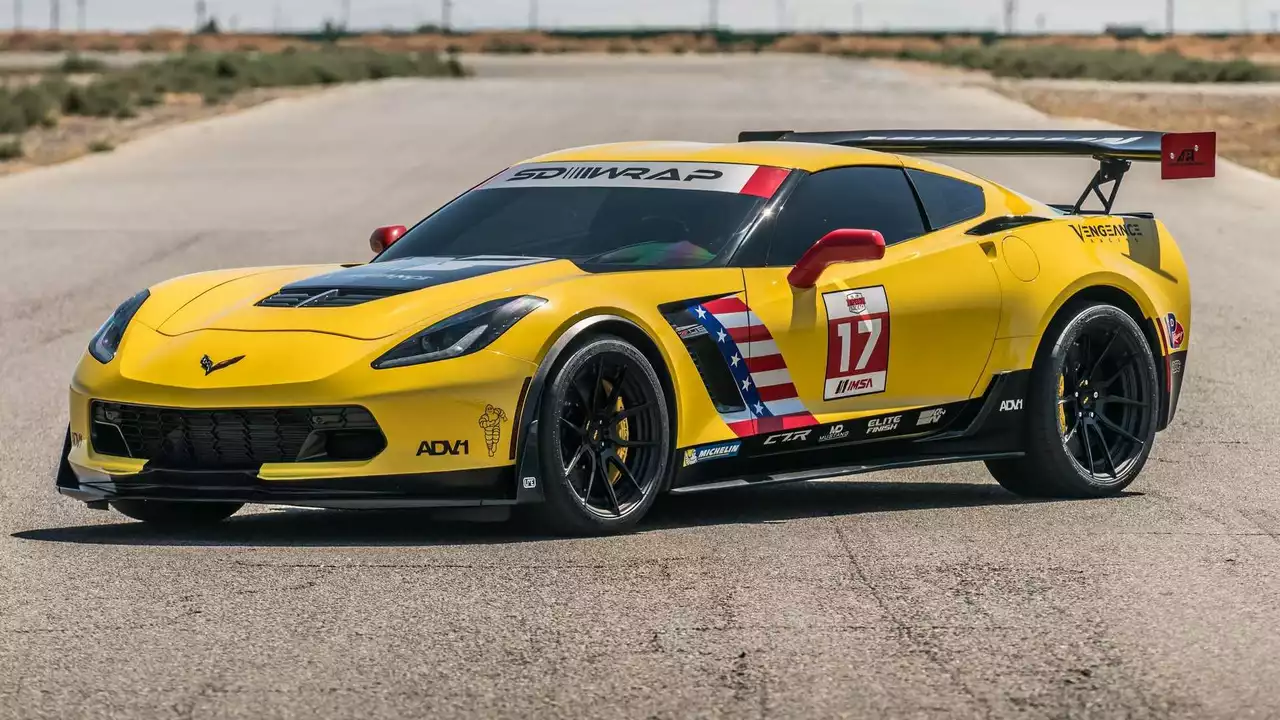Why does a racing car have a wide base?
 Aug, 2 2023
Aug, 2 2023
The Science Behind A Wide Base
Alright, let's imagine you're at a car race. You're there in the stands, you've got the wind in your hair, the thrill in your veins, and you've got a lot of questions in your head. Like, why on earth do racing cars have such a wide base? Glad you asked, my friend. The miraculous world of physics comes to our aid here. A racing car's extensive width isn't mere stylistic choice or a whim of the designers. Operational necessities and safety considerations dictate many aspects of a race car, including its wider base.
First off, the main reason that race cars have a wider base is for better stability. Remember when you'd play with toy cars as a kid and the one with the wider base always seemed to flip over the least? There's a science behind that my friend, the science of centre of gravity. The centre of gravity is the point around which the weight is evenly distributed. Wide-bodied cars have a lower centre of gravity which makes them more stable, especially during cornering moves at high speeds where the centrifugal force can easily tip over a car.
Traction: The Invisible Battle
Traction is, quite simply, the friction between the tires and the road. An easy way I like to understand traction is thinking about my dog Bosco when he tries to run really fast on my hardwood floors. His little doggy feet slide all over the place because he lacks traction. A wider car aids better traction by spreading the vehicle's weight more evenly across the tires. This increased traction improves handling, thereby empowering the driver to manoeuvre the car around the course at high speeds without skidding off the track. Meanwhile, Whiskers, my Maine Coon, is secretly chuckling at Bosco’s expense from the comfort of our plush sofa.
The Art of Cornering
The tires of a race car also play a crucial role in cornering, and having a wider base comes in handy here, making the twists and turns all the more manageable for the driver. When a car tackles a curve, its weight shifts. A wider stance means a larger area to spread this weight, reducing the burden on the outside tires and thus enabling more rapid and safer turns.
Let's dive into a little story time here. A few years back, I had the opportunity to participate in an amateur racing event. Being somewhat naive to the intricacies of race-craft at the time, I was excited but ill-prepared. Upon the first sharp bend in the track, my narrow-based vehicle (affectionately named 'The Tin Can') almost flipped over. After that white-knuckle moment, I truly appreciated the need for a wide base and superior cornering capability. The lesson learned has stuck with me ever since - trust me, nothing teaches you physics faster than the prospect of a roll-over crash!
The Aerodynamics Factor
Admittedly, I sometimes long for the easy breezy life of Whiskers, constantly stretched out long and low, napping under the soft sun, but in retrospect, I think she’s onto something. Much like my feline friend yearns for maximum relaxation, efficient high-speed travel needs maximum aerodynamic efficiency. A wider car profile is a vital part of the pursuit for a sleek and streamlined car body that minimises wind resistance and thus, improves speed and acceleration. After all, the only type of drag we want at a car race is the crowd-enticing, heart-thumping action on the track, not aerodynamic drag.
Wide Base vs Enhanced Braking
When you need to bring a speeding vehicle down to a halt, wide-based cars have the upper hand once again. The wider wheelbase facilitates a better braking action by ensuring that the downforce is evenly distributed. This equitable spread of forces supports sharper, more controlled braking, and reduces the chance of a skid. It's akin to Bosco coming to a sudden stop when he spots a squirrel - spread his weight out evenly and he stays put; too much force on one paw and hello, uninvited summersault!
The Need for Speed
If you always wonder why racing drivers always strive for that speed, the explanation is quite simple, and it ties into why the cars have a wider base. Racing is basically a contest of who can control speed better. With a wider base providing stability, traction, and enhanced handling, drivers can push their cars to go faster with confidence. Every second saved could mean the difference between standing on the podium or just being one of the crowd.
Balancing Act: Wide Base Pros and Cons
Like anything in life, having a wide car base comes with its own trade-offs. On one hand, it offers stability, better handling, less chance of rollovers, and quick recovery. But it does come at the cost of increased weight and decreased fuel efficiency. The balance these engineers have to strike between safety, speed, and sustainability is nothing short of delicate, much like my painstaking effort to divvy up treats between Bosco and Whiskers without causing a mild feline-canine world war.
As we've delved into this wide world of wide bases on race cars, I hope your racing experience is forever enriched, and your appreciation for the engineering marvels that these wide-bodied beasts are has deepened. Just as the widest smiles boast of the best adventures, race cars and their broad bases carry a tale of thrilling races, split-second decisions, and the relentless pursuit of speed. So, next time you see a racing car zooming past you on the racing circuit, you know it's not wide just because it's fashionable. It's much more than that - it's science!